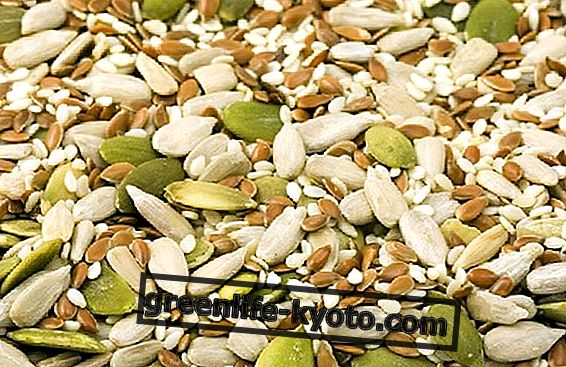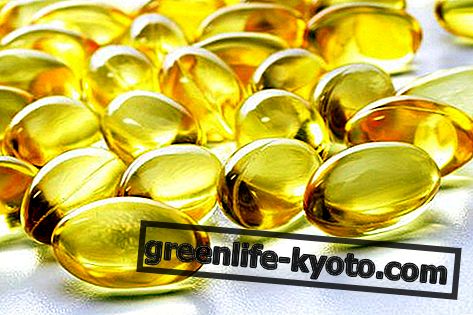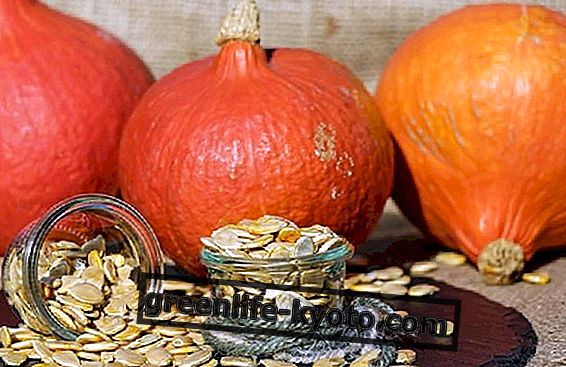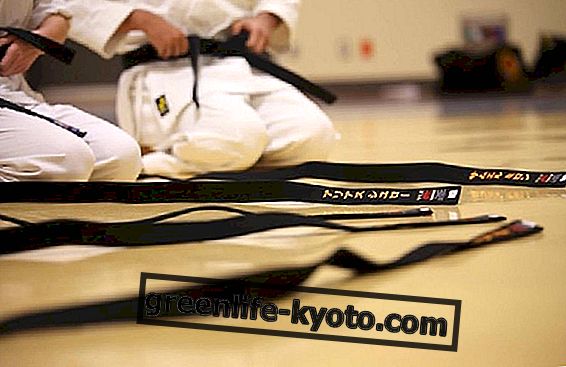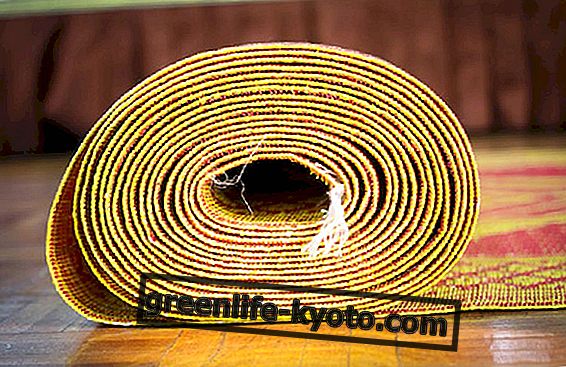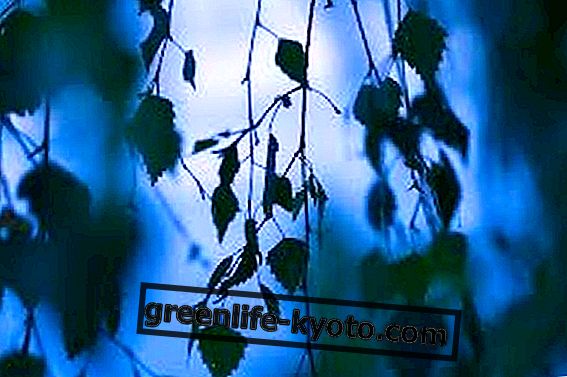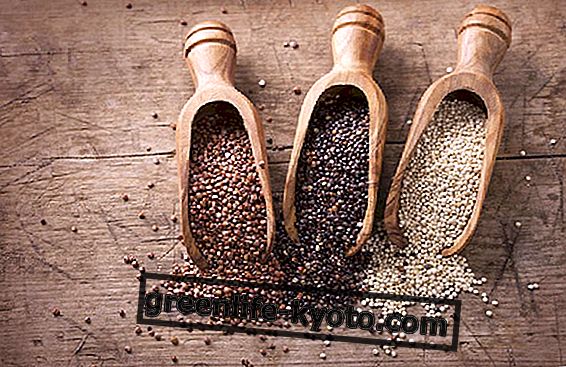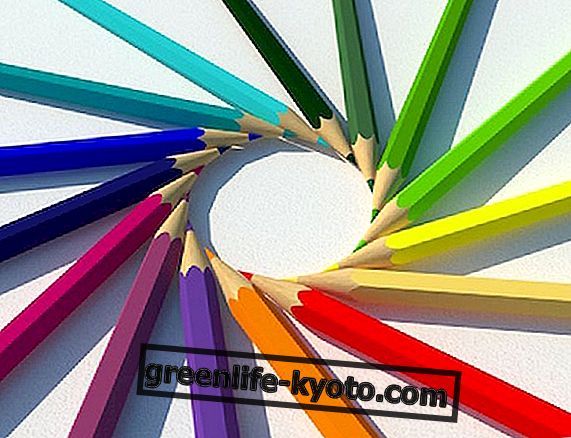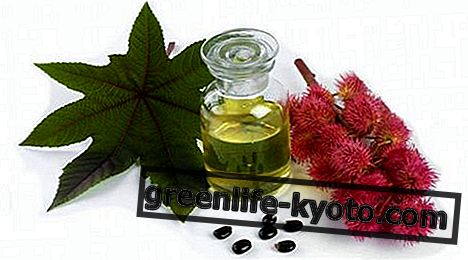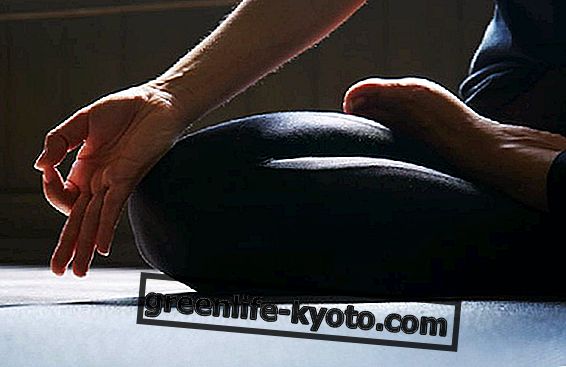
What is Kombucha tea?
Kombucha is the name of a fermented tea . It is obtained through a large solid mass called "kombucha culture", a kind of floating gelatine light colored pancake. The culture contains a mixture of Acetobacter (bacteria that produce acetic acid) and yeast. It is called a fungus or SCOBY, "Symbiotic Colony of Bacteria and Yeast", a symbiotic colony of bacteria and yeast. Put like that it would seem like something to stay away from. But appearances are deceiving: this singular cluster would give rise to a drink with beneficial and healthy properties for the organism . Consumed for thousands of years, among the natural remedies it is undoubtedly one of the most original!
How was it born?
Its properties have been known for 2000 years, the Chinese in fact knew Kombucha as early as 250 BC and called it " elixir of immortal health ". Later the Kombucha spread to Russia and Eastern Europe. In Japan, Kombucha tea is known as "kocha kinoko." In the Japanese language kombu means "kelp" (a type of seaweed) and "cha" means tea. Its Chinese origin comes from a legend, a story that takes us back in time, to when the Korean doctor Kombu was called in front of the Japanese emperor Inkyo who suffered from gastritis. Kombu made him a special tea, ( cha ) made with a kind of mushroom. The emperor recovered his health and since then he has been a great supporter of Kombu-cha, the tea of Kombu.
Properties of kombucha
From the legend we pass to reality. We see the properties of the Kombucha. It is a tea with a quite pungent smell and a sour taste, which someone brings to the froth. However, Kombucha is not a fungus, although it is often referred to as a seaweed or lichen, let alone a sponge. This is the result of a symbiosis between microorganisms. Kombucha tea contains vitamin B, which is important for the nervous system; vitamin C, which strengthens the immune system, protecting the body from infections; live yeasts containing vitamins and lecithin; gluconic, acetic, tartaric, oxalic, citric acid, which are formed during the fermentation process and break down the yeasts from the fungus tissues. Thanks to these elements, kombucha is not immediately digested in the stomach, but remains active in the intestine. Finally caffeine (which comes from the use in green tea or black tea) and alcohol in small traces, which fight fatigue and have a stimulating effect. In Europe this tea came to us from Russia, where there has always been the tradition of drinking fermented beverages. From Russia, this tea passed through the Baltic, Poland, Czechoslovakia and the eastern regions of Germany.
Here is the book
As the text " Kombucha, the rediscovery of an ancient oriental remedy " by Sven-Jörg Buslau and Corinna Hembd, which also explains how to prepare it, Dr. Weisner has done a series of studies about this product, discovering sensational things about his effectiveness. The large quantities of beneficial substances that are produced through the formation of this species of fungus and the combined action with tea, would bring significant benefits to the body. They would promote blood circulation by activating the metabolism in the liver . Furthermore this tea helps absorb nutrients and therefore improves the function of the intestine . Thanks to its rich lactobacilli content, it maintains microbial activity and helps the immune system to function . Contains saccamiceti, which cleanse the skin and other substances that can remove heavy metals, nicotine and toxins from the body .
